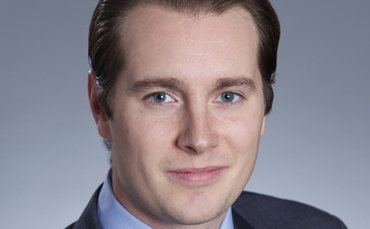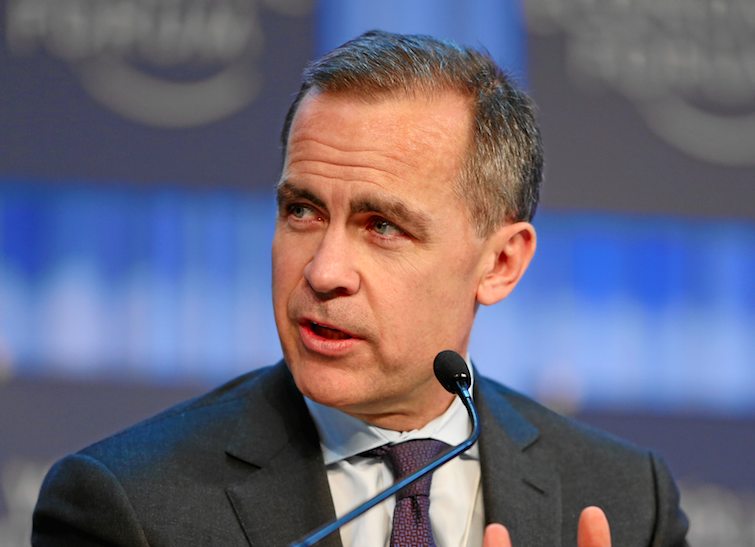New Issuance Trends in the European High Yield Market
| By Fórmate a Fondo | 0 Comentarios

Aberdeen’s European high yield portfolio manager Ben Pakenham gives a brief overview of the high yield market with interesting insight over the quality of new issues.
How do you feel about the progress of the recovery in Europe?
Looking at the Purchasing Manager Index (PMI) measures, Europe is beginning to recover quite strongly, and importantly, we are seeing a convergence between the core and the periphery. Not only that, we have also seen a number of sovereigns that were previously barred from corporate or sovereign bond markets coming back to market, such as Greece. We are also seeing an increasing number of peripheral corporate bonds come to market which we think improves the solvency of those countries and companies overall.
How do you think this will translate into bond market returns?
We don’t think that growth is going to be so strong that we see inflation rebound nor government bond yields spike dramatically. Unemployment remains rather high, and if anything, the ECB seems to be more concerned about deflation than inflation at present. So from that perspective, we think the government bond risk remains far more muted than in perhaps the US. Looking at spreads, today the European high yield market is still discounting that more than a fifth of the market will default over the next five years. However the very positive story driving high yield at the moment is that default rates are low and the outlook remains relatively benign. Moody’s forecast and outlook for default rates remains relatively muted; the best case scenario remains that less than 15% to the market will default over the next five years so we think that we are being well compensated for default risk.
Have improving economic conditions opened up the Euro-new issue market?
We believe The European high-yield market continues to grow and outstrip other high yield markets. We saw nearly 20 billion Euros of new issuance in the 1st quarter of 2014 and 25 new names added to the Merrill Lynch Index. New issuances for the first quarter ran at about 12% above the previous year and remember that 2013 was a record year in terms of issuance for the European high yield market.
How do you feel about the quality of the new issues in the European market?
Year-to-date we believe the quality of issuance continues to be reasonably positive. In fact, the average rating is higher. When looking at last year, we have had more BB rated issuance and leverage levels (which is a function of the fact that we are seeing higher average ratings)have come down from about 4 turns on average in the new issue market in 2013.
Anything to be cautious on with this strong new issuance trend?
The only slight negative I would say when looking at new issuance trends is that the use of proceeds is starting to be used for things other than refinancing. About half of the proceeds year-to-date have been used to refinance existing debts. However, compared to the previous year, a significant amount is being used for general corporate purposes. This would generally be cash on balance sheets to be deployed for either capital expansion programs or for selective M&A. This is something we are keeping a very close eye on. It is also worth pointing out that covenant quality is beginning to decline. Nevertheless we still think that the quality of new issuance remains good when compared against pre-2008 types of issuance. And when you look at the maturity profile, the amounts of debt coming due over the next two to three years remains very manageable. The trigger for default really doesn’t exist in the short to medium term in our opinion.









